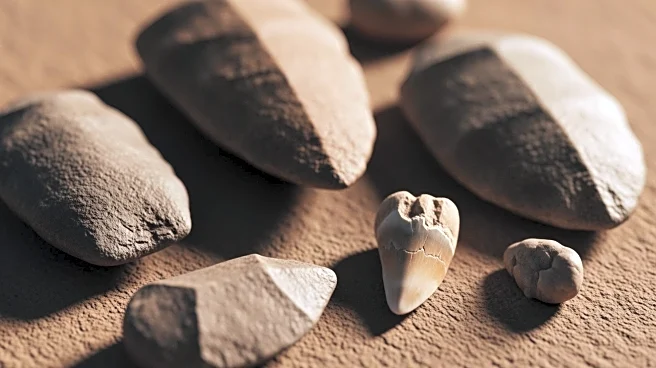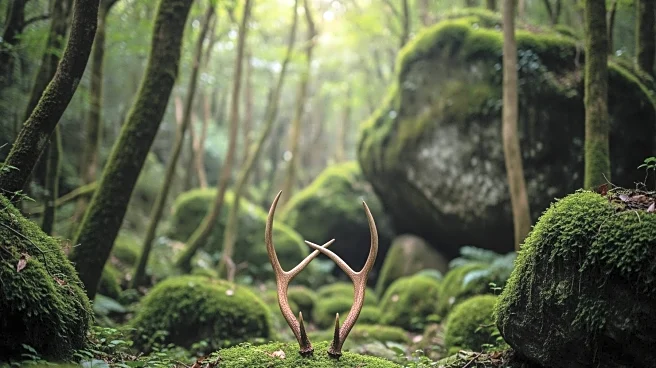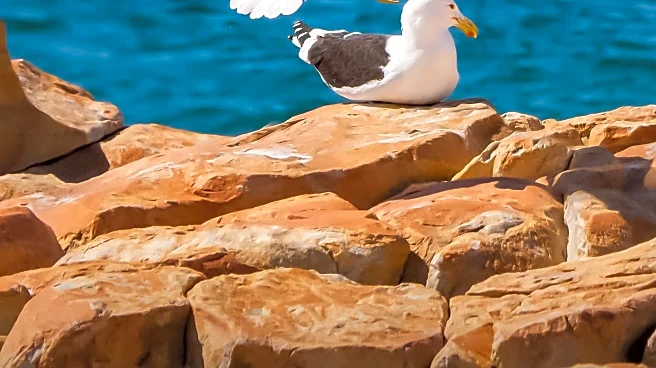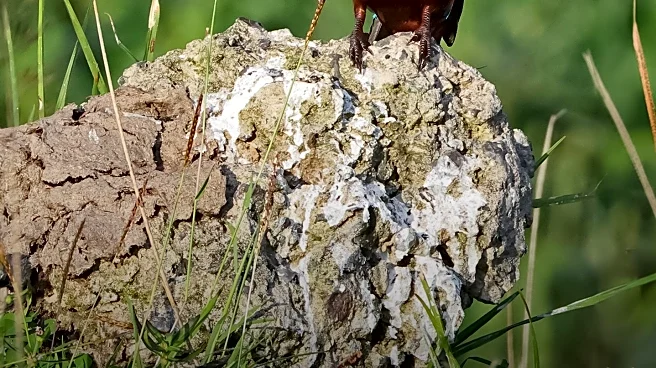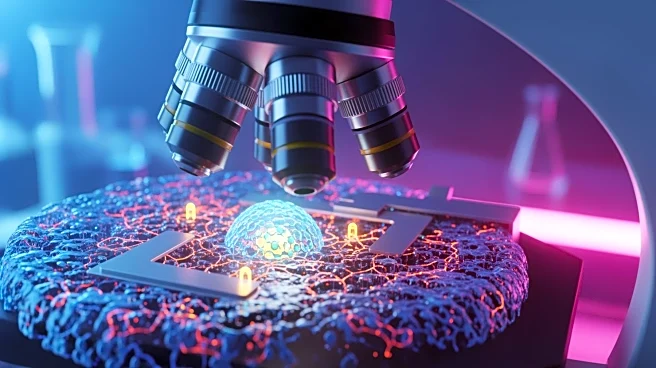What's Happening?
An international team of researchers has traced the diversity of modern dog breeds back to the Stone Age, revealing that significant morphological changes began nearly 11,000 years ago. The study, published
in the journal Science, involved the examination of over 600 canine skulls spanning 50,000 years. The findings show that dog skulls started to change shape shortly after the last ice age, with variations including shorter snouts and wider heads. This challenges the belief that Victorian breeding programs were the primary drivers of dog diversity, suggesting that much of the diversity seen today was already present in the middle of the Stone Age.
Why It's Important?
The study provides new insights into the evolutionary history of domestic dogs, highlighting the natural origins of their diversity. It challenges the traditional view that selective breeding in the 19th century was solely responsible for the variety of dog breeds. The research emphasizes the role of environmental factors and human-induced selection in shaping dog morphology. Understanding the early origins of dog diversity can inform conservation efforts and breeding practices, ensuring the preservation of genetic diversity in domestic dogs.
What's Next?
Researchers may continue to explore the evolutionary history of domestic dogs by expanding the dataset to include more specimens from different regions and time periods. Advanced scanning techniques could be used to further investigate subtle differences in skull morphology. The findings may lead to a reevaluation of the impact of human-induced selection on animal evolution and the preservation of genetic diversity. Collaborative efforts between researchers and conservationists could enhance the understanding of dog diversity and inform breeding practices.
Beyond the Headlines
The study raises ethical considerations regarding the use of modern comparative datasets to understand ancient species. It prompts discussions on the cultural significance of dog breeds and the role of domestication in shaping human-animal relationships. The research may lead to a reevaluation of the impact of human-induced selection on animal evolution and the preservation of genetic diversity.
